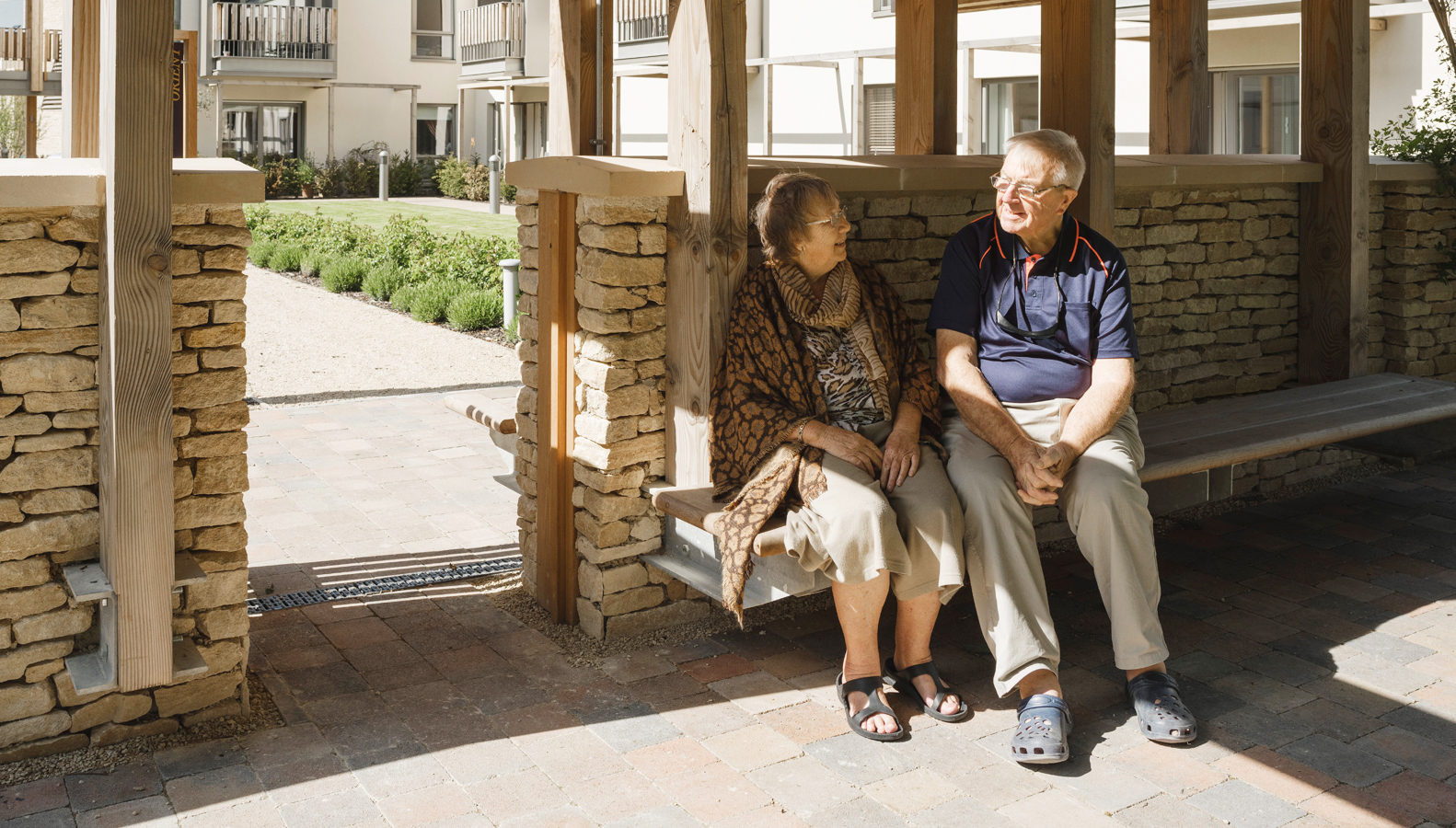What Are Prefabricated Houses?
Prefabricated houses, also known as prefab homes or modular homes, are houses that are manufactured off-site in advance, usually in standard sections that can be easily shipped and assembled. These homes are constructed using modern building techniques and materials, which allow for precision and quality control. Prefab homes come in various sizes, from small single units to large multi-section houses.
Key Features of Prefabricated Houses:
-
Efficient Construction: Built in a controlled factory environment, reducing construction time and waste.
-
Cost-Effective: Generally cheaper than traditional homes due to mass production and reduced labor costs.
-
Customizable: Available in various designs and can be tailored to meet specific needs.
-
Sustainable: Often built with eco-friendly materials and energy-efficient designs.
Are Prefabricated Houses Suitable for Seniors?
The suitability of prefabricated houses for seniors largely depends on individual needs and circumstances. There are prefabricated homes specifically designed for senior living, which include features such as single-story layouts, wide doorways, and non-slip flooring to ensure safety and accessibility.
Advantages of Prefabricated Houses for Seniors:
-
Affordability: Prefabricated houses are often more affordable than traditional homes, making them an attractive option for seniors on fixed incomes.
-
Quick Construction: The reduced construction time means seniors can move into their new homes faster.
-
Customizable Designs: Homes can be tailored to include senior-friendly features.
-
Mobility: Prefab homes can be relocated if needed, offering flexibility for changing living situations.
Disadvantages of Prefabricated Houses for Seniors:
-
Limited Customization: While customizable, there may be limitations compared to traditional homes.
-
Quality Variations: Quality can vary significantly between manufacturers.
-
Resale Value: Prefabricated homes may have lower resale values compared to traditional homes.
Cost of Prefabricated Houses
The cost of prefabricated houses can vary widely based on size, design, and location. On average, prices range from $50,000 to $200,000, excluding land costs. Customizations and additional features can increase the overall price.
Alternatives to Prefabricated Houses for Seniors
While prefabricated houses offer many benefits, they are not the only housing option for seniors. Other suitable options include:
Senior Apartments:
-
Independent Living Communities: Designed for seniors who are independent but want community amenities and services.
-
Assisted Living Facilities: Offer personal care and support with daily activities.
-
Nursing Homes: Provide medical care and supervision for seniors with serious health conditions or disabilities.
Financial Assistance for Senior Housing
Many seniors can benefit from financial assistance programs to make housing more affordable. These programs include:
-
Section 8 Housing Choice Voucher Program: Provides rental assistance to low-income families, including seniors.
-
Low-Income Housing Tax Credit (LIHTC): Encourages the construction and rehabilitation of affordable rental housing.
-
Medicaid: In some states, Medicaid covers certain assisted living services.
How to Find Affordable and Suitable Housing for Seniors
Finding the right home for seniors involves several steps:
-
Assess Needs: Determine the specific needs of the senior, such as accessibility, medical care, and social interaction.
-
Research Options: Look into various housing options, including prefabricated houses, senior apartments, and assisted living facilities.
-
Consider Financial Assistance: Explore available financial assistance programs to help with housing costs.
-
Visit Properties: Tour potential homes to ensure they meet the senior's requirements.
-
Consult Professionals: Seek advice from real estate agents, financial advisors, and healthcare professionals.
Analysis of Senior Housing and Income in the U.S. Up to 2024
Average Income and Housing Situation of Seniors in the U.S.(2020-2024)
|
Year
|
Average Income (USD)
|
Percentage Owning Homes
|
Percentage Renting
|
Popular Housing Types
|
|
2020
|
43,000
|
78%
|
22%
|
Traditional Homes, Senior Apartments
|
|
2021
|
44,000
|
76%
|
24%
|
Traditional Homes, Prefabricated Houses
|
|
2022
|
45,000
|
75%
|
25%
|
Traditional Homes, Assisted Living
|
|
2023
|
46,000
|
74%
|
26%
|
Traditional Homes, Senior Apartments
|
|
2024
|
47,000
|
73%
|
27%
|
Traditional Homes, Prefabricated Houses
|
Data Sources: U.S. Census Bureau, U.S. Department of Housing and Urban Development
Frequently Asked Questions (FAQ)
What are the benefits of prefabricated houses for seniors?
Are there prefabricated houses specifically designed for seniors?
How much do prefabricated houses cost on average?
What are some alternatives to prefabricated houses for seniors?
Are there financial assistance programs available for senior housing?
How can I find affordable housing for a senior?
-
Start by assessing needs, researching options, considering financial assistance, visiting properties, and consulting professionals.
Prefabricated houses offer a viable and attractive housing solution for seniors, combining affordability, quick construction, and customizable designs. However, they are not the only option available. Senior apartments, assisted living facilities, and other housing types also cater to the diverse needs of the aging population. With the right information and resources, finding a suitable and affordable home for seniors is achievable.
References
-
-
-

